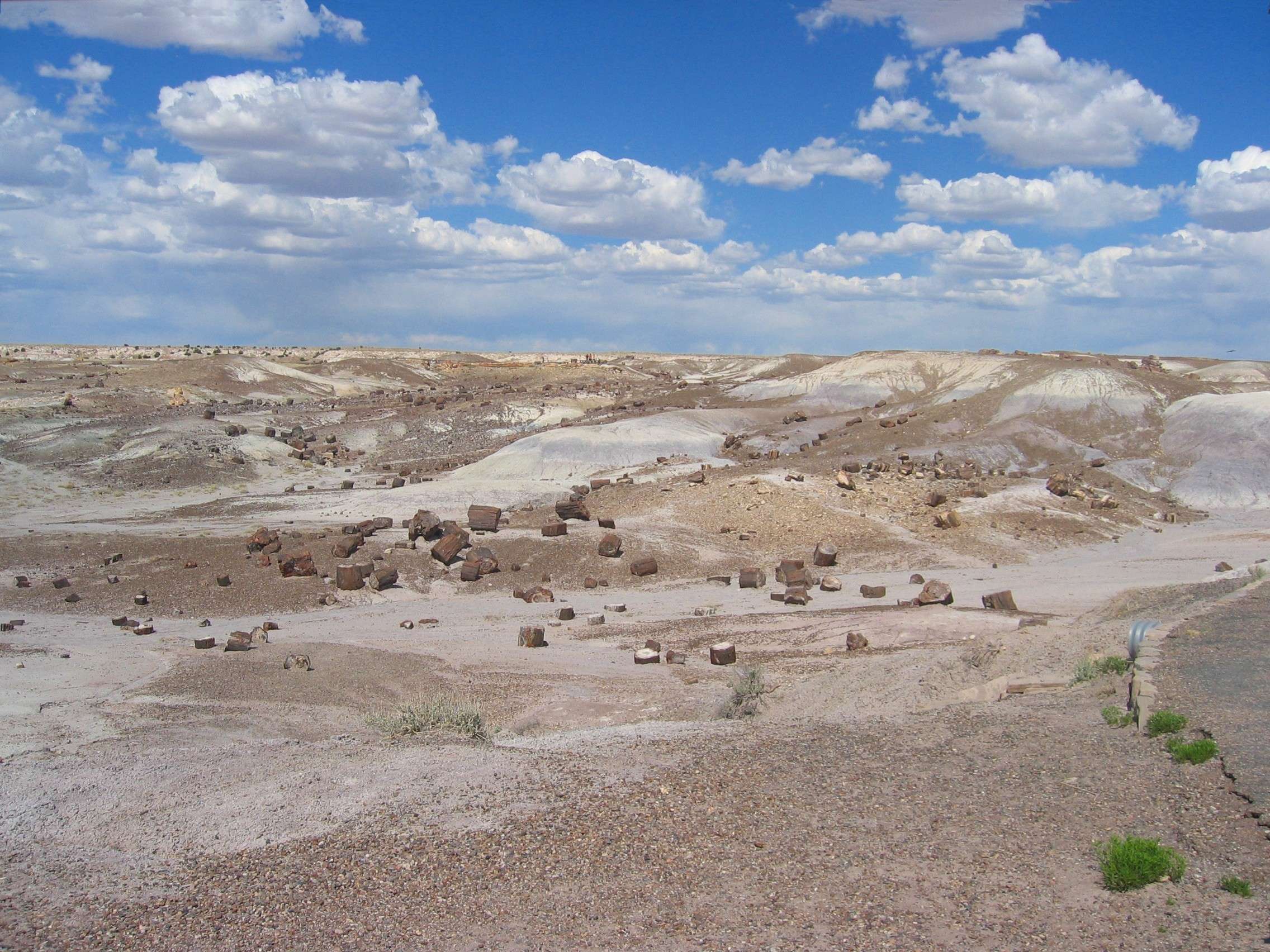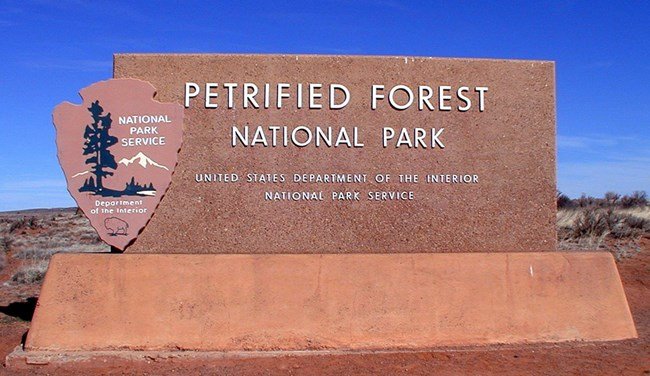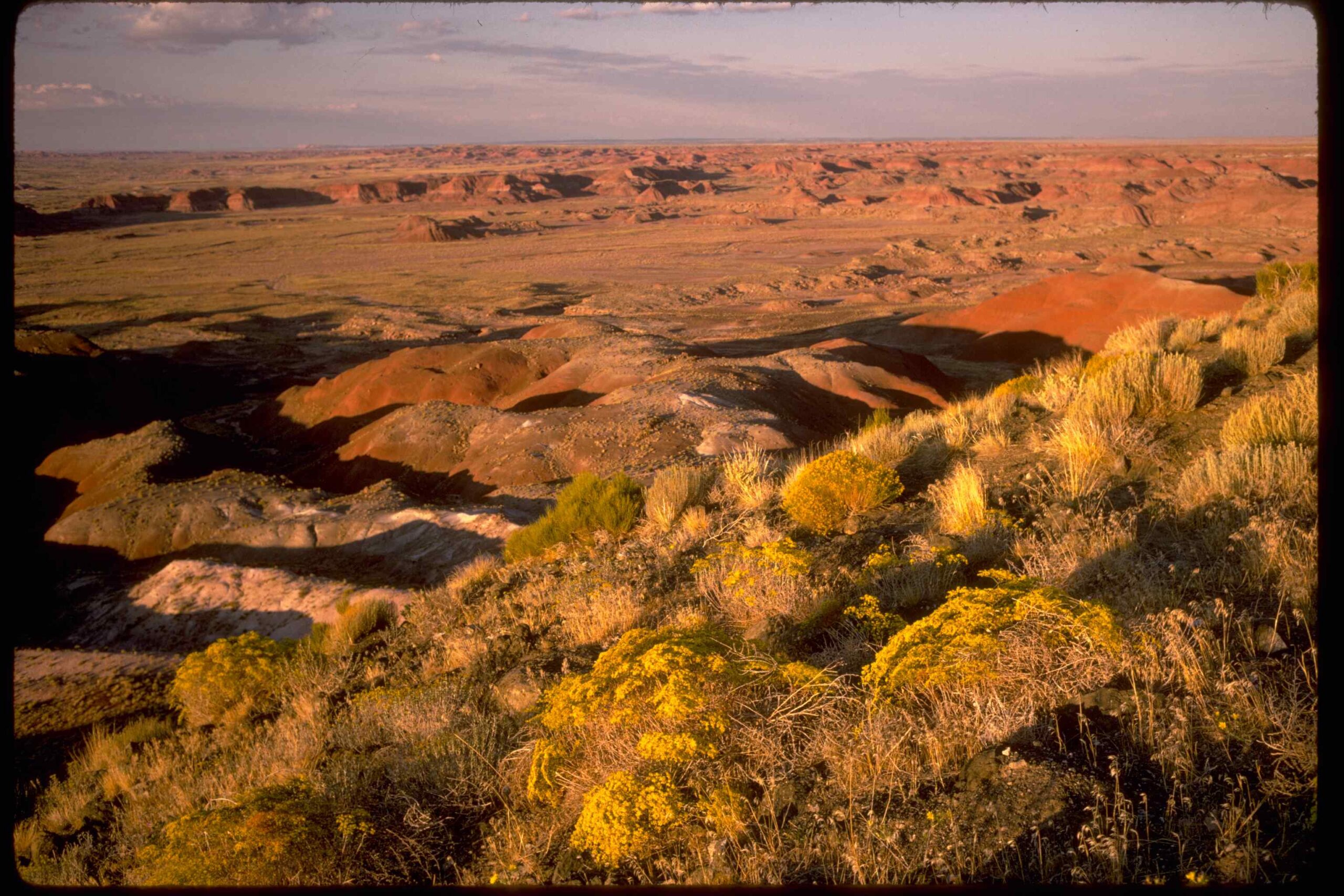Petrified Forest National Park is home to a remarkable collection of petroglyphs and pictographs, ancient rock art created by ancestral Puebloan people. These intricate designs, etched and painted on rock surfaces, offer a fascinating glimpse into the lives and cultures of those who inhabited this area thousands of years ago. From the famous Newspaper Rock to lesser-known sites scattered throughout the park, these artistic remnants provide valuable insights into prehistoric communication, spiritual beliefs, and daily life.
What Are the Most Significant Petroglyph Sites in Petrified Forest National Park?

The most renowned petroglyph site within Petrified Forest National Park is undoubtedly Newspaper Rock. This remarkable location features over 650 individual petroglyphs carved into a group of boulders near the Puerco River. The site earned its name due to the dense concentration of rock art, reminiscent of a newspaper’s crowded layout.
Other notable petroglyph sites include:
- Puerco Pueblo
- Tawa Point
- Lacey Point
- Agate House
While specific GPS coordinates for these sites are not publicly disclosed to protect their integrity, visitors can easily access them through the park’s main roads and trails.
How Old Are the Petroglyphs and Pictographs in the Park?

The age of the petroglyphs and pictographs in Petrified Forest National Park spans a considerable range:
- Oldest: Some designs date back approximately 2,000 years
- Most Recent: Certain petroglyphs were created as recently as 650 years ago
- Peak Period: The majority of the rock art was produced between 650 and 2,000 years ago
This timeline corresponds to the occupation of the area by ancestral Puebloan people, who were the primary creators of these ancient artworks.
What Do the Petroglyphs and Pictographs Represent?
The petroglyphs and pictographs found in Petrified Forest National Park offer a diverse array of symbols and images, each with potential meanings and significance. While interpreting ancient rock art is challenging and often speculative, researchers have identified several common themes:
- Family and Clan Symbols: Unique designs that may have represented specific family groups or clans
- Spiritual Imagery: Depictions of deities, supernatural beings, or ritualistic practices
- Calendar Events: Markings that could have been used to track seasonal changes or important dates
- Territorial Boundaries: Symbols potentially indicating land ownership or tribal territories
- Migratory Routes: Designs that might have served as ancient “road signs” for nomadic groups
- Wildlife: Representations of local animals, possibly for hunting or spiritual purposes
- Astronomical Observations: Some petroglyphs appear to depict celestial bodies or events
It’s important to note that the exact meanings of many symbols remain a mystery, and interpretations can vary among researchers and indigenous communities.
How Can Visitors Best Experience the Petroglyphs and Pictographs?
To fully appreciate the petroglyphs and pictographs of Petrified Forest National Park, consider the following tips:
- Join a Guided Tour: Park rangers offer informative tours that provide context and insights into the rock art.
- Visit During Optimal Lighting: Early morning or late afternoon often provides the best lighting for viewing petroglyphs.
- Bring Binoculars: Some petroglyphs are located high on cliff faces and are best viewed with magnification.
- Respect Boundaries: Always stay on designated trails and never touch or attempt to make rubbings of the rock art.
- Learn About Puebloan Culture: Familiarize yourself with the history and culture of the ancestral Puebloan people before your visit.
What Preservation Efforts Are in Place to Protect These Ancient Artworks?
Petrified Forest National Park employs several strategies to preserve its petroglyphs and pictographs:
- Legal Protection: As part of a national park, these sites are protected under federal law.
- Limited Access: Some sensitive areas may have restricted access to prevent damage.
- Education: Visitors are educated about the importance of not touching or defacing the rock art.
- Monitoring: Park staff regularly inspect sites for signs of natural erosion or human interference.
- Documentation: Detailed records and photographs help track changes over time.
- Collaboration: The park works with indigenous communities to ensure culturally appropriate preservation methods.
Are There Any Recent Discoveries or Ongoing Research Related to the Park’s Rock Art?
While specific recent discoveries are not publicly disclosed to protect potential new sites, ongoing research in Petrified Forest National Park includes:
- Digital Documentation: Advanced 3D scanning and photogrammetry techniques are being used to create detailed digital records of petroglyphs.
- Climate Impact Studies: Researchers are investigating how climate change may affect the preservation of rock art.
- Cultural Connections: Collaborations with indigenous communities aim to better understand the cultural significance of various symbols.
- Dating Techniques: New methods for dating rock art are being explored to refine the timeline of human habitation in the area.
What Other Archaeological Sites Can Visitors Explore in the Park?
In addition to petroglyphs and pictographs, Petrified Forest National Park offers several other archaeological sites of interest:
- Puerco Pueblo: A 100-room pueblo that was inhabited from around 1250 to 1380 CE.
- Agate House: An eight-room pueblo constructed primarily of petrified wood.
- Painted Desert Inn: A historic building that now serves as a museum showcasing the park’s cultural history.
- Fossil Sites: Numerous locations throughout the park where visitors can observe fossilized plants and animals.
How Does the Rock Art of Petrified Forest Compare to Other Southwestern Sites?
While each archaeological site is unique, Petrified Forest National Park’s rock art shares some commonalities with other Southwestern locations:
| Aspect | Petrified Forest | Other Southwestern Sites |
|---|---|---|
| Age Range | 650-2,000 years old | Similar range, some older |
| Primary Creators | Ancestral Puebloan | Ancestral Puebloan, Hohokam, Mogollon |
| Common Themes | Animals, spiritual symbols, geometric designs | Similar themes, with regional variations |
| Preservation | Well-preserved due to park status | Varies by location and protection level |
| Accessibility | Easily accessible with park admission | Ranges from easily accessible to remote |
The rock art in Petrified Forest National Park is particularly notable for its concentration and the unique backdrop of petrified wood and colorful badlands that surround it.
In conclusion, the petroglyphs and pictographs of Petrified Forest National Park offer a captivating window into the ancient past of the American Southwest. These enduring artworks continue to inspire wonder and spark curiosity about the lives and cultures of those who came before us. As ongoing research and preservation efforts continue, future generations will have the opportunity to experience and learn from these remarkable cultural treasures.

